Richard Yu Press Interview: Huawei's CEO on COVID-19 and Huawei Apps
by Dr. Ian Cutress on March 26, 2020 1:00 PM EST- Posted in
- Smartphones
- Huawei
- P40
- P40 Pro
- P40 Pro+
- COVID-19
- Richard Yu
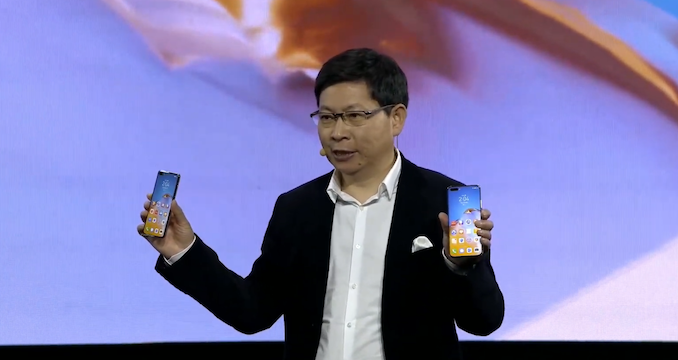
Today Huawei launched its latest generation of photography focused smartphone: the P40 series. This series consists of the P40, the P40 Pro, and the P40 Pro+, starting at €799 for the cheapest going up to €1399 for the high-end model, which features a 40W wireless charge mode, a 6.58-inch OLED 90 Hz display, 10x optical zoom, up to 100x zoom, Wi-Fi 6, and a range of new photography features to get the best shot.
After the launch, Huawei’s Consumer Business Group (CBG) CEO Richard Yu invited the press to a group question and answer session. There were two main topics that dominated the session - how the prevalence of COVID-19 is affecting Huawei’s strategy, but also how the continuation of the US ban on Huawei interacting with US companies is affecting users and in particular the available apps on Huawei’s own App Gallery that can’t use Google’s services.
The Q&A session lasted a little over 45 minutes. Despite being asked in advance to supply questions for the session, we were not selected to ask our question. (I’ve suggested to my Huawei contact that after the current situation is finished, we should fly over to China to have a 1-on-1 with the CEOs of both Huawei CBG and Honor.) Here’s a tidied transcript of the questions and responses.
You can read our coverage of the P40 Series launch at the following link:
Huawei Announces P40, P40 Pro and P40 Pro+: A New Generation of Cameras
Mike Lowe, Pocket Lint: How will COVID-19 affect production and manufacturing? Will it cause delays with production of devices like the P40, and will it effect any products going forwards, particularly as they come to the EU markets?
Richard Yu: We already started manufacturing the P40 in Q4 2019. So despite China having COVID, we see it as under control now, and the manufacturing and supply chains have recovered. Our supply for the P40 has been eased, so it is ready now, because we started last year, and have been manufacturing for four months.Even in February, during Chinese New Year and due to COVID, manufacturing was down, but it has recovered. We feel that we can meet the market needs with demand for the P40 series.
In the EU, or other countries, the COVID situation is not like China is today. China (from our point of view) has recovered, but outside China, there are many physical stores that are closed. But our products are ready to ship when the stores are ready. Even during the COVID situation, we were still manufacturing - we had some supply chain issues, but everything has recovered and we can guarantee supply.
Leo Kelion, BBC: How will demand change during the COVID-19 crisis? Launching a family of flagship smartphones during a time when people are losing jobs, or have not enough money, people are considering purchasing other devices for study and such. To what extent do you think this is going to hit demand?
A: The smartphone is more and more important for everyone. People spend so much time with their phones, more time than on a PC, or a laptop, or a tablet. Now because more and more people are working from home, we do see there is a strong demand on PC/tablet, and also the mobile broadband, the home routers, mobile wifi and such - all of these are seeing strong demand. The smartphone also has strong demand, because people are using more smartphones. Our flagship phones, with 5G, are the best performing in the world, with the best camera technology, and with many new innovations and have smooth operation. I think these features are stimulating the market.
Because of COVID, our PC/tablet demand has increased a lot, and yes people need more PCs or tablets for kids, for family, or for work. But we also see the smartphone is getting more important, with people spending time at home. We still feel the demands on us to launch new flagship devices, with 5G and improved camera features. Our devices also work together as one seamless solution - such as PC and smartphone. We feel we still have a strong demand.
Also, we have launched our products and our price is very competitive, starting from 799 Euro. The P40 Pro is only 999 with a super high specification. I hope that the P40 series will sell very well.
Guillaume Grallet, Le Point: Do you think that as the world is fighting against COVID-19 that data from geolocation services can help in fighting the disease or in getting better treatment?
A: With a smartphone with AI and all the sensors, we can help to be honest to help identify. We have software and we should help all the consumers with privacy and protection. We have an app ready in China now that can detect heartbeat and things through AI, and that’s innovative technology, like with breathing rate and stress. The AI can learn people, and it is quite accurate. This functionality is available to new apps for phones with AI. Our P40 Pro+ can even detect temperature using a unique algorithm - actually our Global Sales team said they didn’t need it, but our China Sales team wanted it! It can check body temperature with the rear cameras, and it’s very accurate. It’s new technology. With all these technologies it can help, but we need to get permission from consumers, and we care about privacy. We have the technology, and we’ve done comparisons with professional machines, and it’s very accurate. The technology on the phones, along with AI, can work very well, that’s why technology can do many things - with time we can see launching some more important services.
Christopher Denbach, Deutsche Press-Agentur: What is the state of development of Huawei’s Mobile Services (HMS)? What is the state of the ecosystem?
A: Huawei Mobile Services started May of last year, and it has been expanding. Progress is very good. The more and more popular top apps are now in Huawei’s App Gallery and integrated with the Huawei Mobile Service Core. It gets better and better with time, and the P40 series are the first phones that are full of HMS apps.
We still want to continue our cooperation with Google, but we do not have a choice. We have built HMS to do this, and the company is ready to give the consumers more choice. We make a lot of profit for US companies, but they ban us, which gives less choice to consumers. It is difficult to understand. For the last 3 years we have had a good contribution to the Android ecosystem, with technology and ideas and everything, but also we enable big profits to US companies. Google uses ideas that are first from Huawei. But unfortunately the US ban influences us a lot.
But we are recovering well, and HMS Core and HMS Services will be very successful in the future. It is getting better every month, every week, every day. We do still want to cooperate with Google. But we need the US government licence and permission.
Basil Kronfli, Let’s Talk About Tech: It’s clear that Huawei is doing a lot with making HMS a more appealing offer, as it is available for all smartphones to download, but it has a long way to go to be seamless for the average user. The Mate 30 came to market and there was lots of guidance to sales staff to explain how the device worked. How will that messaging change for the P40 series, when common users might not understand that common apps like Uber do not work right now?
A: I understand your concern. We provide full retail services and help in packaging, to help when the customer unboxes. We want to provide a full service to help the user clone their old phone to a new phone, but also how to download apps if they need them. In the beginning with HMS and the App Gallery, perhaps some apps are not ready, but they could download them from elsewhere. With time, most of the popular apps will integrate HMS Core, and be in the App Gallery. That will improve very quickly. In the beginning, perhaps it was not so perfect, but with time it will get better. I still have confidence it will quickly improve. But our service, and through our retail service partners, we can help the consumer to tell them how to use all of these popular apps and how to use the phones and use the full capabilities.
Daniel Bader, Android Central: This is the first year that Huawei has broken the Pro line of devices into two, the Pro and the Pro+. What was the reason, and do you think this is a long term strategy for the Mate series as well?
A: You may be curious about regular and Pro, but now we have Pro+ as well. Why did we do this? We want to use more advanced technology, but it is also more expensive! It is not affordable for everyone. So this is why we have a new high end model to give the consumer more choice. Some consumers really want those options! Like the photography options, the 100x zoom, or active photography of birds from a distance. We lead with this technology, but we also understand it is not affordable for everyone, which is why we have the Pro+ which can cover the more premium high end users. This year we want to provide the leading technologies, even better technology, it’s not for everyone, but it’s for the high-end users.
David Phelan, The Independent: What are Huawei’s ambitions for P40 Pro, and how does it fit into the strategy? Also, is there any news for the Huawei App Maps app built with TomTom?
A: With the P40 Pro, we want to cover more volume on high end users. The Pro+ is even more towards the higher end. We think the P40 Pro will be the highest volume, then the P40, then the Pro+. We have confidence that this is the most powerful 5G smartphone, with the best Wi-Fi 6 performance, and the best performing product. The design is also compact. All this new technology camera and 5G, I hope this generation can sell a lot of volume, as that’s my target. In China the volume every generation increases a lot, our retail shipments do.
With TomTom, our partnership progresses very well. TomTom is to provide location services and a Maps service with HMS Core to all the apps that need location services. We want to give consumers stand alone apps for navigation from Tomtom and it’s going very well and positive. That’s good news. Google’s map is very good, and users can still use it for navigation through the browser, but without an account you don’t have preferences, but the navigation still works.
Ben Sin, Forbes: Can you tell us about Huawei’s 1+8+N strategy?
A: We started this more than 2 years ago in China, and it is very successful. This strategy is our full scenario Smart AI Life strategy. We make all the devices to work together seamlessly and bring the best experience to user at home, travelling, sports, or any scenario.
1 means the smartphone, 8 means the eight most common devices, and N is everything IoT and Smart Home, with ‘plus’ being the connection. Huawei will design 1 (smartphone) and 8 (most common devices) and the plus is the connection, and the N is the wider ecosystem. N is for partners, like Bosch, Siemens, like Panasonic - home electronic product vendors. We work with a wide range of products with Home AI Life. That’s our strategy, to build this ecosystem with hardware, with software, with a connection, with voice, from a control panel - it should all be seamless. This is how devices and collaboration works for a seamless experience.
It’s a 5 year strategy, with Smart Home AI, HiLink, with Celia our new AI voice assistant, all built around HMS Core and the App Gallery. It is an ecosystem. We offer more value to local app developers, with more revenue sharing and more support, and we want to offer the best local integration for experiences. It really is a project for the next 5-10 years.
Damien Wilde, 9to5 Google: With the App Gallery, what has been the feedback from moving from GMS to HMS core?
A: From the appearance for the app developer, to switch to HMS core, it’s very convenient, very quick. In one or two days, you can do the full integration. It’s very easy. In the beginning, app developers do not understand Huawei, but when they know, they say it is very convenient. We provide a development environment and tools to help the app developer to make it quick and easy for HMS core. We have a toolkit for this, and an IDE.
Mishaal Rahman, XDA: What kind of customer service does the App Gallery provide developers? We’ve heard from developers that Google’s App System makes it difficult to actually contact a person, so what about Huawei?
A: We want to learn what others are doing, and we want to do them better! We are improving in this area. We are building the hotline and services to support this. We are newcomers, and in many areas we are building our capabilities - we are progressing our capabilities above and beyond. We are also investing more.
Daniel Zlatec, PhoneArena: I’ve been using the P40 Pro for 2 days, and I’m amazed about the camera. When all the folks from Nokia and Lumia went to work for Huawei, did they help with this camera development?
A: We have a great mobile photography talent and team - not just from one company, but we get professional experts from lots of companies to come and join us in Huawei. DSLR from Japan, from Leica, we have the best collection of top talent in Huawei. This is why we are leading in mobile phone innovation. We have strong R&D in Finland, also Sweden, in many countries worldwide - also in Japan, in France. We have a very powerful team developing our ISP, our sensors, modules - it’s spread all over.
Katie Collins, CNET: How does it feel to be launching a phone during COVID-19? Is it surreal to have an event like this?
A: From the China schedule, we have a strict control on COVID.In the beginning, many Chinese had a worry that this COVID will make us lose control of our product timeline. But the Chinese Government got it under control very quickly. So the situation is good, people go back to work, back to shopping mall, and other public areas - it’s very good. Other countries can learn this. We moved the launch to online, we think it is still OK because China is OK. To avoid any risk, we moved the launch to online, and offline more and more stores are opening in order to buy the device over time. We launched the product on schedule, and are shipping on schedule - we have a strong commitment to our customers, even during COVID. I live in China, and I want to tell you China is very safe. I think every government can learn from each other, and this can be under control very quickly. I’m still very positive on this!
Paul Sandle, Reuters: How are we going to mitigate the GMS issue for P40 and other devices?
A: We want to talk with the leading app developers to quickly integrate HMS Core and put the apps on the Huawei App Gallery as soon as possible. I hope the media can tell the app developers this! It is very quick to do with HMS. This is our top priority. In our global team, our business development team, their priority is to work with developers. There are lots of apps! So it will require some time. But it is getting quicker. The media should be able to tell that to the developers.
We also want to support Google, so we hope that we are issued a licence. This is our long term goal - we have grown to the #2 in the world, even without the US. We think we can contribute a lot of revenue and profit to our partners in the US. We want to continue this partnership for the next 10 years. But we are still working on our own HMS integration. We will improve very quickly. In some countries we have made a lot of very good progress.
Alex Todd, Tech Advisor: How does COVID affect the marketing of the phones? What’s the strategy?
A: With COVID, most people are told to stay inside and do not go out. So the most effective is online or TV. For online the marketing is more effective than outside on the street. So we will invest more in our marketing, our branding, ecommerce, and also with some of the TV channels like that. We continue to invest in marketing branding.
Andy Boxall, Digital Trends: Celia - the new Huawei assistant. What is the direction of Celia, regarding all Huawei devices. Google integrates its assistant into everything, but Samsung’s Bixby has a back seat to the ecosystem. How will Celia be pitched in this space?
A: Because of the US ban, we used to have Google and Alexa, but now we use Celia. Every country has its own optimized version of Google and Alexa, and we want to launch everywhere and give the consumer more choice. We hope that the consumer can ask for any assistant and we want to give the consumer more convenience. We want to make Celia more convenient so we will continue in this area. But we want to use more than just Celia.
Because of the US ban, we want to get the licence to use the others to give the consumers more choice. We want to make the Celia more competitive with other assistants, in some areas at least. That’s my target, my ambition. We will continue to invest. With time, we will launch further. Rome was not built in a day! We need more time, but our ambition is high and we can catch up and do better.


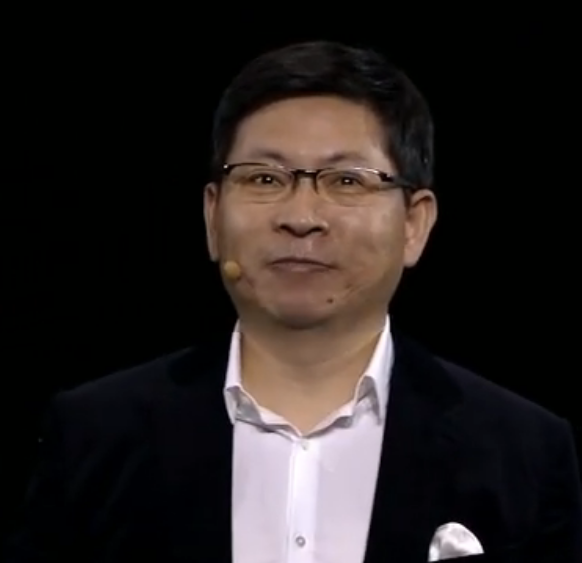
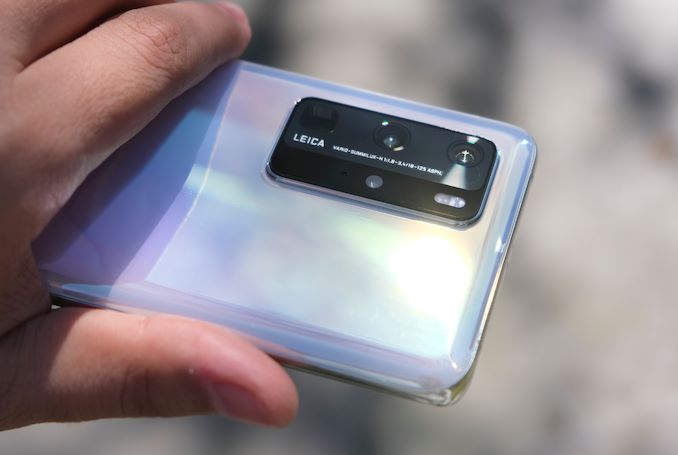
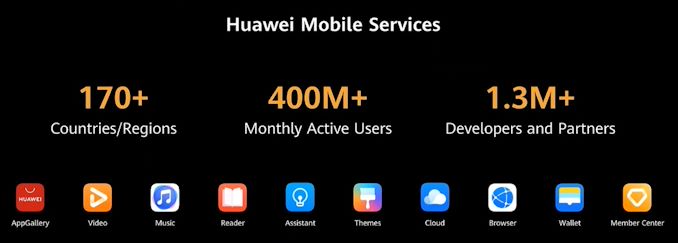
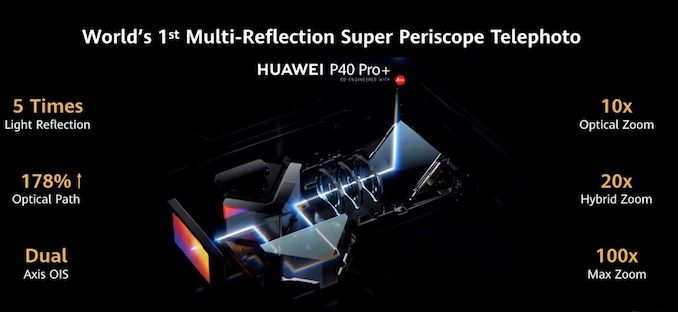
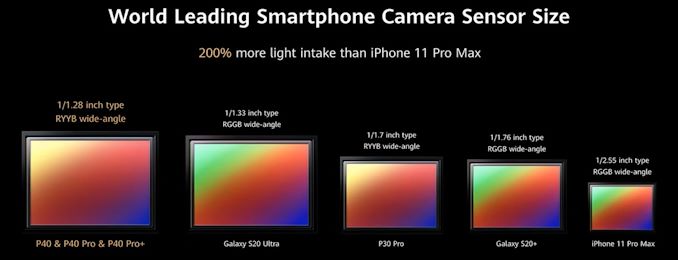
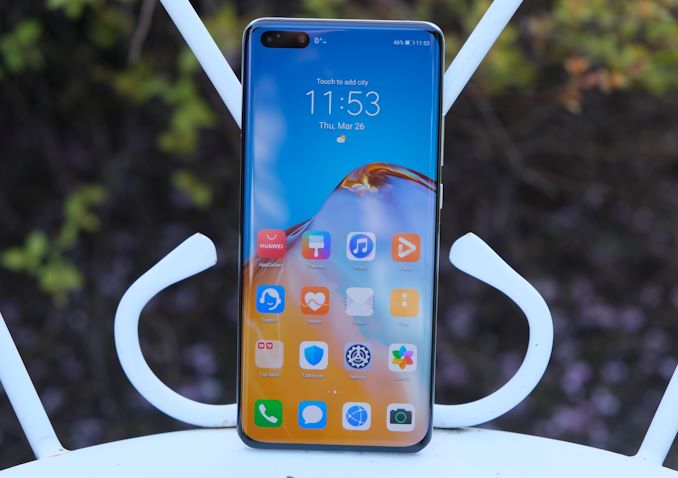
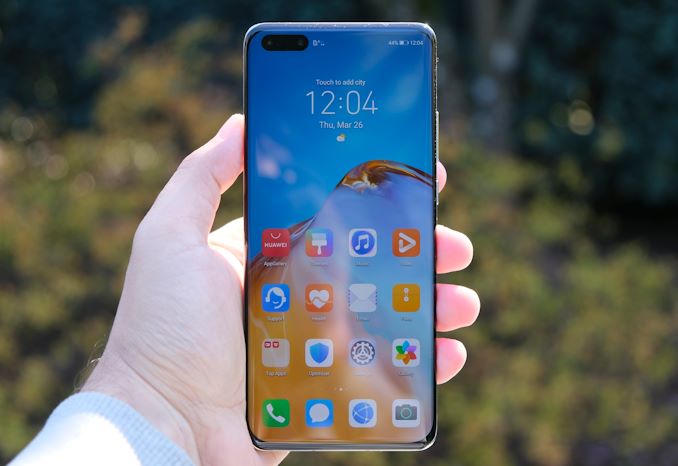








22 Comments
View All Comments